The U.S. Supreme Court has agreed to review the legality of a wide range of tariffs enacted during former President Donald Trump’s second term, a decision that could reshape U.S. trade policy, impact business operations, and influence consumer prices. The case, scheduled for arguments in November, raises questions about the scope of presidential power to impose tariffs and the future of duties collected under emergency declarations.
What is at Stake
The tariffs under review were issued through the International Emergency Economic Powers Act (IEEPA), a 1977 law that allows the president to regulate imports and exports during declared national emergencies. Trump used this authority in 2025 to impose tariffs on imports from China, Canada, and Mexico, citing concerns such as trade deficits, drug trafficking, and immigration-related issues. These measures, often referred to as “fentanyl tariffs,” applied broad duties across multiple industries.
In addition, the administration introduced a 10% tariff on nearly all imports and higher “reciprocal tariffs” targeting specific countries. These steps were framed as efforts to balance trade and protect U.S. industries but have since faced significant legal challenges.
The Supreme Court will determine whether the use of IEEPA in this manner exceeded presidential authority. If struck down, many of these tariffs could be rolled back, though not all trade measures would be affected.
Financial Implications for Businesses and Treasury
A ruling against the tariffs would mean businesses that paid duties may qualify for refunds, potentially amounting to hundreds of billions of dollars. Treasury Secretary Scott Bessent has warned that unwinding the tariffs could significantly strain government finances.
In a statement, Bessent cautioned that if the ruling is delayed until June 2026, between $750 billion and $1 trillion in tariffs could already be collected. Refunding such amounts, he noted, would create “significant disruption” and complicate fiscal planning.
For businesses, refunds could improve cash flow and temporarily boost profitability. Analysts suggest that Wall Street may respond positively, particularly for companies heavily burdened by tariffs. However, experts also highlight that the longer-term outlook remains uncertain, as firms would need clarity on what trade rules would replace the current system.
What Consumers Could Expect
Industry experts emphasize that consumers should not expect immediate price reductions if tariffs are overturned. Rohit Tripathi, vice president of industry strategy at Relex, explained that most businesses have already adjusted supply chains and pricing structures. Many either absorbed tariff-related costs or shifted them upstream to suppliers.
As a result, while refunds could ease corporate expenses, price changes on store shelves are likely to be modest and delayed. Tripathi noted that it could take six to twelve months after a ruling for any measurable impact on consumer pricing, and even then, broader factors such as inflation and supply chain constraints will influence outcomes.
Katie Thomas, head of the Kearney Consumer Institute, added that consumers should not expect direct refunds. Instead, the potential benefit would come if companies use tariff relief to stabilize pricing, preserve jobs, or slow future price increases.
Possible Next Steps for Trade Policy
If the Supreme Court rules against Trump’s tariffs, analysts expect the administration to explore other legal tools to maintain trade measures.
One option is Section 122 of the Trade Act of 1974, which permits temporary import tariffs of up to 15% in cases of serious balance-of-payments deficits or other fundamental economic problems. However, such measures can only last for 150 days, raising questions about long-term viability.
Another route could be Section 301 of the Trade Act, which allows tariffs in response to unfair foreign trade practices. While broader in scope, Section 301 requires country-specific investigations, making it a slower and more complex process.
Drew DeLong, leader of the Geopolitical Dynamics Practice at Kearney, noted that Congress also retains authority to regulate commerce and impose tariffs. However, he pointed out that tariffs remain politically divisive, and lawmakers may be reluctant to take decisive action.
Broader Business Outlook
For executives, the pending decision represents both opportunity and challenge. Businesses may see near-term financial relief through refunds, but planning for future trade conditions is difficult without knowing what policies will follow.
Some firms are building flexible strategies to adapt to multiple possible outcomes. DeLong observed that companies are investing in data systems and supply chain infrastructure to quickly pivot if tariffs change. “When there’s this significant level of volatility, waiting can be a strategy,” he said.
In the short term, the uncertainty is expected to weigh on investment decisions, inventory planning, and pricing strategies across industries.
Key Takeaways for the Public
- If tariffs are struck down: Businesses could receive refunds; consumers might eventually see modest price adjustments.
- If tariffs remain: Trade duties will continue shaping costs, with ongoing debates about their economic impact.
- If replaced with new measures: The administration could pursue shorter-term or targeted tariffs under alternative trade laws.
The Supreme Court’s ruling, expected no later than mid-2026, will set a critical precedent for the scope of presidential authority in trade matters. Until then, both businesses and consumers face an extended period of uncertainty.
#TariffsAndDuties #GlobalTrade #EconomicPolicy #BusinessImpact #NewsUpdate

















